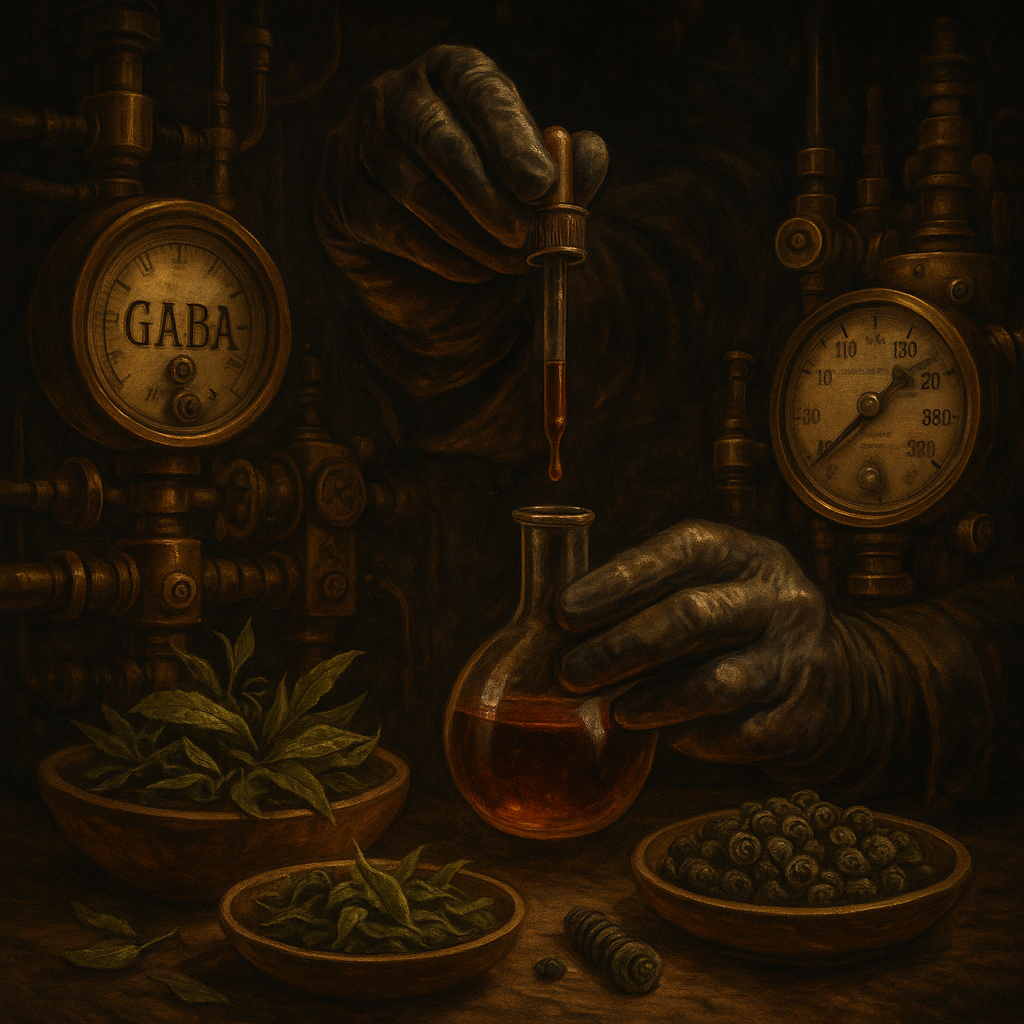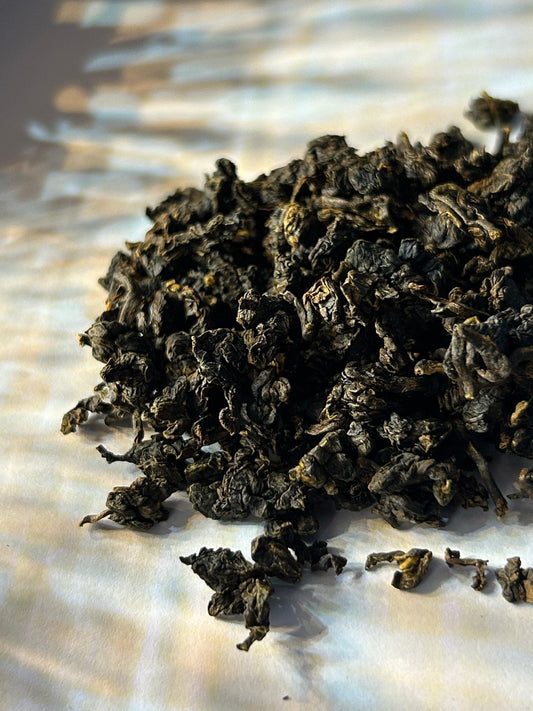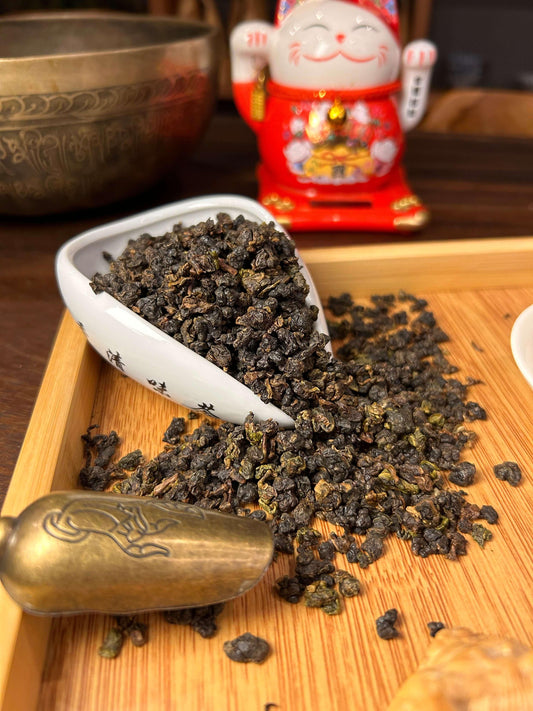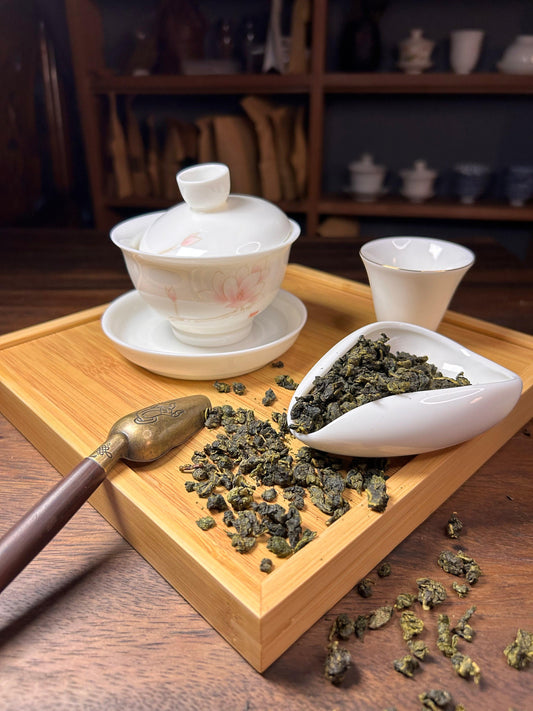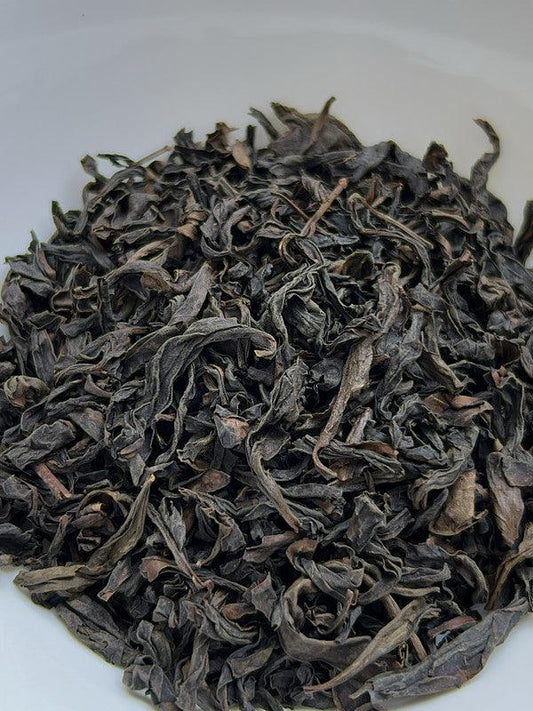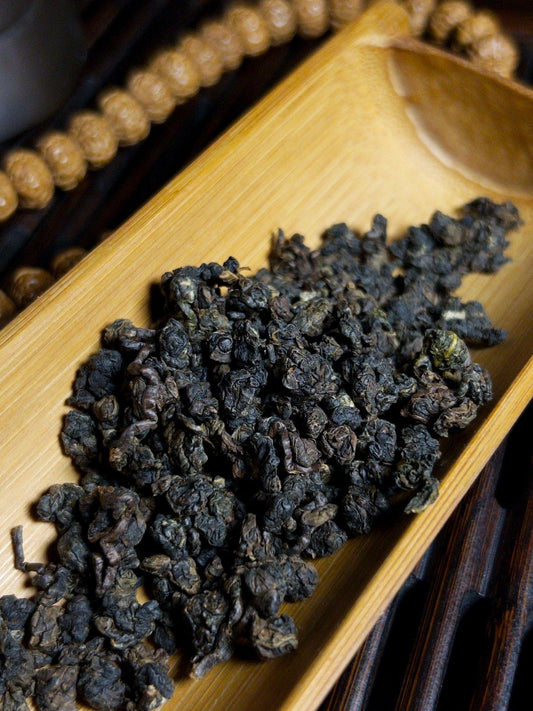How GABA Tea Emerged: From a Japanese Laboratory to the Mountains of Taiwan
The Beginning: Japan, 1980s
In the mid-1980s, Japan was actively exploring ways to make traditional green tea more “functional.” At the National Tea Institute (MAFF), Professor Tojiro Tsushida and his colleagues experimented with fermentation conditions. They placed fresh tea leaves in an oxygen-free environment filled with nitrogen.
The result was unexpected: the level of γ-aminobutyric acid (GABA) in the leaves increased dozens of times. Thus, the first GABA tea in history was born, named Gabaron.
First Research Studies
By the late 1980s, Japanese publications reported a hypotensive effect (blood-pressure lowering) in animals, as well as mild relaxation in humans.
In the 1990s, “Gabaron” appeared in pharmacies and health food stores across Japan. It was not just a drink, but a new category of tea with functional properties.
Taiwan: From Laboratory to Art
Soon after, Taiwanese tea masters adopted the technology and applied it to their beloved semi-fermented teas — oolongs. The result exceeded expectations:
-
Oolongs developed greater depth of flavor
-
A soft, velvety texture reduced acidity and astringency
-
The teas became popular not only for their health benefits but also as gastronomic masterpieces
This is how GABA “moved” from Japanese laboratory benches into the tea pavilions of Alishan and Shan Lin Xi.
What Science Says Today
-
Stress reduction: Human studies show that GABA oolong helps reduce stress and improves heart rate variability among students under exam pressure.
-
Clinical evidence: Systematic reviews highlight GABA’s potential but note that large-scale evidence is still limited. Still, consumers value the subjective feeling of calmness and balanced mood.
-
Chemistry: Metabolomics research describes how glutamic acid is transformed into GABA during anaerobic fermentation.
Who Was First
Professor Tojiro Tsushida remains the central figure in the history of GABA tea. His publications from the late 1980s are considered the official starting point. In Japan, he is recognized as the researcher who opened a new direction in functional beverages.
Conclusion
GABA tea was born from a Japanese laboratory experiment but achieved its true brilliance in Taiwan, where it became part of tea culture. Today, it stands at the crossroads of science and tradition: on one side — research on stress and blood pressure; on the other — the multilayered flavors that keep tea connoisseurs coming back.
#GABATea #Gabaron #TeaHistory #TaiwanOolong #FunctionalTea #StressRelief #TeaScience #AlishanTea #ShanLinXi #JapaneseTeaInnovation
